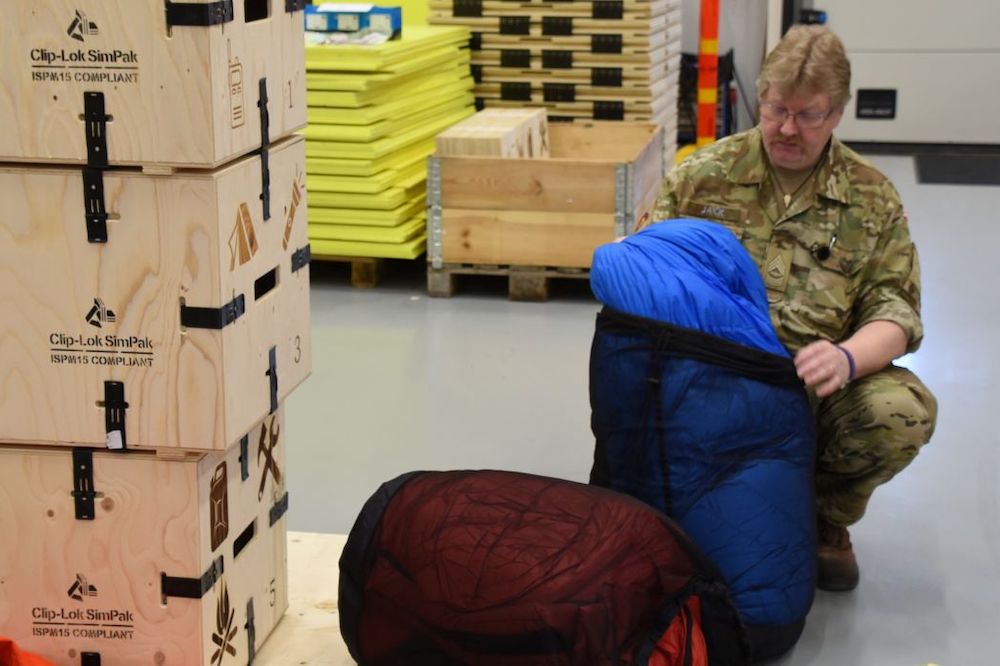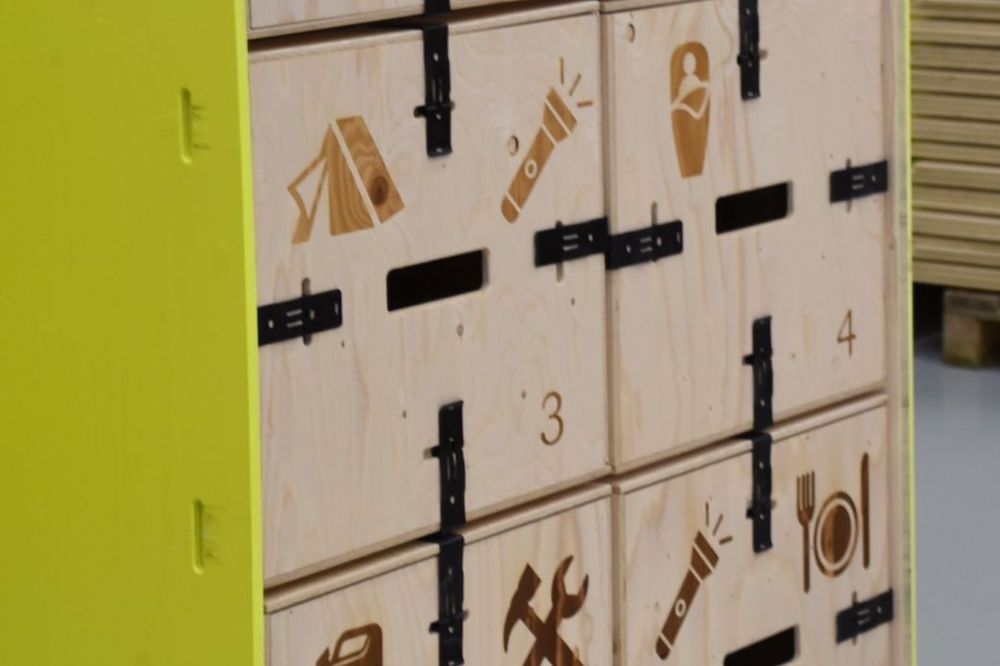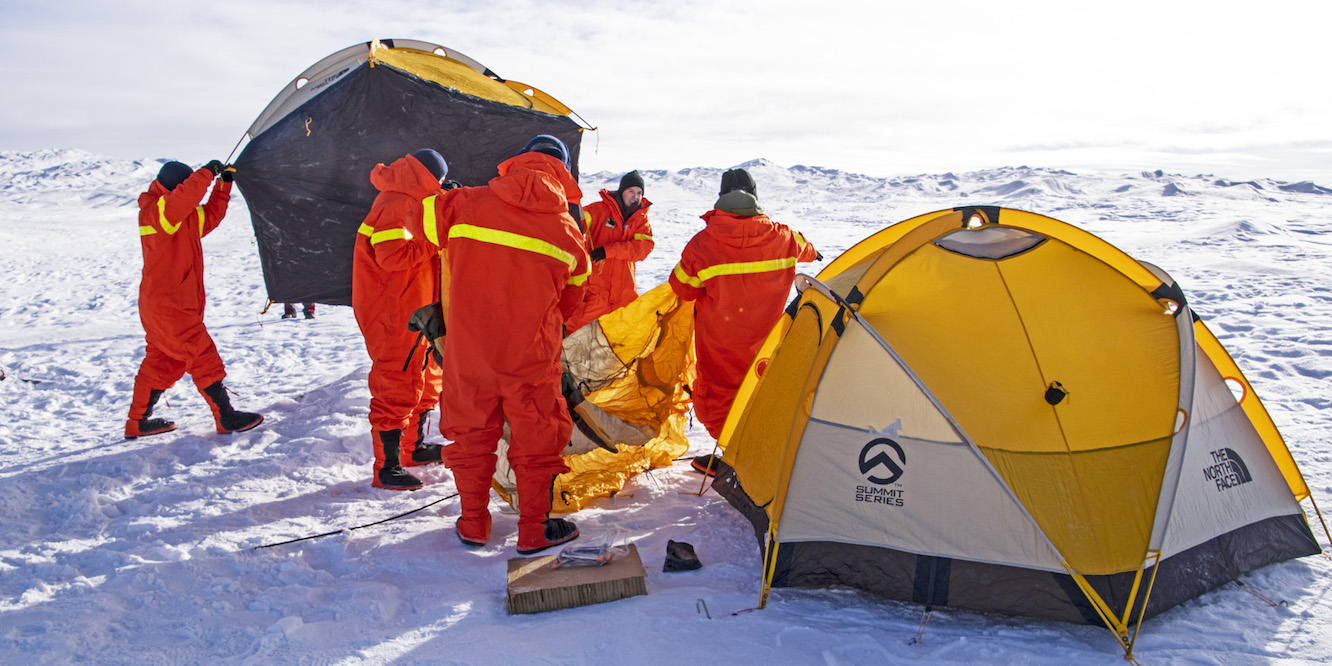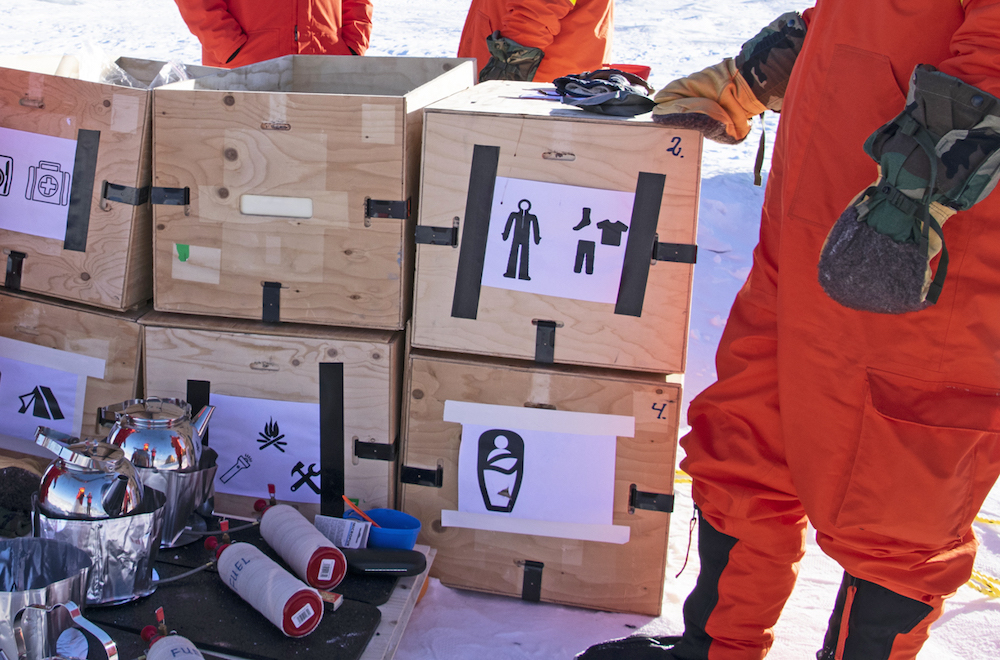Easy-to-open, easy-to-understand survival kits are ready to be sent to Greenland’s icecap
No tools are needed to open crates designed to be airdropped to survivors of airplane crashes.

Even if you have never been to Greenland, there is a good chance you have been over it; much of the air traffic between Europe and parts of North America flies on routes that cross the island.
The prospect of something unforeseen happening during a flight that would force it to make an emergency landing on the icecap is minimal. Even after losing an engine, an airplane can continue to fly for hundreds of kilometres and land safely.
But should something happen that forced a plane down, stranded passengers can now count on help from above in the form of 35 tennis-ball green, palletized survival kits that can be dispatched from Keflavík Airport, in Iceland, and Kangerlussuaq Airport, in Greenland.
[Investigators recover an engine piece from a 2017 Air France incident from beneath Greenland ice]
After two years in development by the Air Transport Wing at Denmark’s Flyvestation Aalborg, the TEN-pack kits — so named because each one is designed to sustain 10 people for five days — are currently being deployed to Keflavík and Kangerlussuaq.
Earlier this month, 16 TEN-packs were sent to Keflavík, where the Icelandic coast guard will be responsible for maintaining them and, in the event of a crash, air-dropping them to survivors. In May, the remaining 19 will be sent to Kangerlussuaq, where they will be stored at a Danish military installation.
In addition to determining which equipment the kits would need to contain, the Air Transport Wing also needed to come up with a way to make the crates easy to open for passengers and make sure that all contents and instructions for use were understandable to anyone, regardless of what language they spoke.
To address the first of these, the crate and its inner compartments are held together with clamps that can be released without tools. Simple pictograms explain what each compartment holds.




